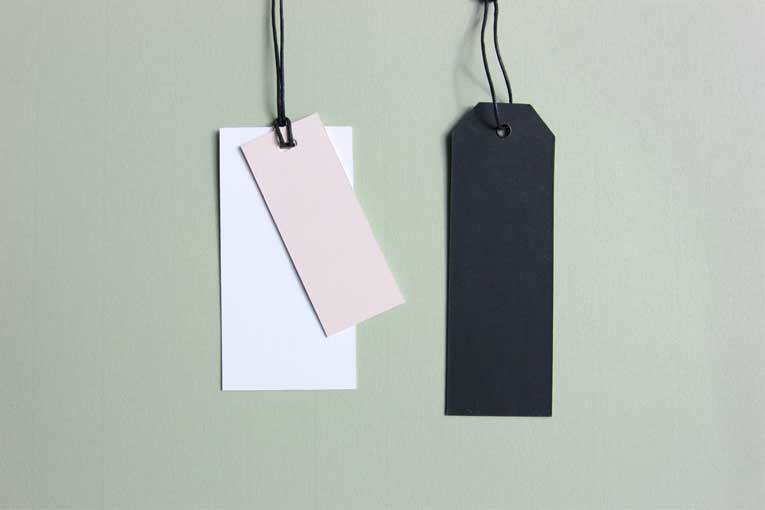What are the different types of websites?
22 Oct 2019

There are around 380 websites created every single minute.
That’s a lot of websites.
In fact, there are billions of active websites online right now, all of which are competing for the attention of internet users. When you think about it like this, the thought of starting a new website can feel incredibly overwhelming.
But, despite there being a mind-boggling number of websites out there, there are in fact a number of different types that all serve a different purpose.
The key is deciding which type of website suits your needs best. To help you out, we’ve listed some of the different kinds you can choose from.
This article covers
1. Ecommerce websites
The rise of online shopping has also meant the rise of ecommerce websites, which are essentially sites where you can directly buy products.
They tend to have product pages and checkouts, and allow users to make purchases without having to navigate to a different site.
Amazon is obviously the biggest player in this category, but it’s just one of millions.
In fact, most brick-and-mortar retail stores now also have an accompanying ecommerce website, which makes it easy for consumers to purchase from their favourite brands, however big or small.
2. Portfolio websites
Service providers can make fast work of landing more clients with a portfolio website, which is essentially an online showcase of their past projects.
They are designed to show off samples of work, whether it’s photography collections, paintings, design projects, or copywriting examples.
This type of website is simple to build, as it consists of just a few pages that outline project briefs and the finished results. They are less work than a full-on business website, but still serve the purpose of presenting services in an effective way.
3. Media & Entertainment websites
Real-life newspapers are going out of print by the day as more and more people turn to their website counterparts to consume the latest news and information.
In the past, newspapers and magazines were shop-bought affairs that published a finite amount of articles on a daily, weekly, or monthly basis.
All that has changed with the arrival of media and entertainment websites and publications. We’re talking cross-topic, article-based sites like The Telegraph, The Guardian, Buzzfeed, The Spectator, and even the satirical Private Eye.
Today, you can pretty much find an online entertainment website in every sector - even really niche subjects - but they all tend to take on the same format. They usually feature a front page with links to multiple articles that are regularly updated, and sections determined by subject or interest.
4. Brochure or Business websites
It’s almost impossible to find a business that doesn’t have a website these days. This is because it’s easier than ever to set up even the simplest business website, which usually showcases what a brand is all about and outlines their products or services.
Business websites range from very simple brochure-style examples with just one or two pages, to full-on, all-singing, all-dancing websites that are almost works of art in and of themselves.
You’ll find business websites in every industry, from technology and education to construction and farming.
5. Personal blog websites
Back in the 90s, having a personal blog was a big deal and almost everyone signed up to create an “online diary”. Soon, blogs became more public affairs, attracting readers that weren’t just family and friends, which blossomed into a whole new industry in the online world: blog writing.
Personal blog websites are essentially a collection of blog posts. They can be presented in a simple way, where every post is featured on one page in a scroll-style situation, or more complicated, where there are multiple pages, categories, and tags.
You can see numerous examples of personal blog websites from your favourite influencers and particularly in the lifestyle industry, although they are prevalent in pretty much every sector.
6. Community websites
Community websites do exactly as they say on the tin: they encourage a sense of community through open forums and discussion threads that readers can get involved in.
Think of sites like Reddit, which wouldn’t still be around if it didn’t have a swathe of users who regularly logged in to share advice, tips, and stories. There are also millions of niche community sites that are centred around particular topics, whether that’s fishing, cooking, mental health, or upcycling.
7. Social media websites
2.89 billion people have a social media account, so it’s almost impossible for you to not have seen a social media website at some point in your internet-browsing life.
These are sites where users create their own personal account (or “profile” as they’re often called) to share updates, interact with friends, and create fans.
Sites like Twitter, Facebook, and Instagram all fall into this category, and continue to provide a place for users to grow their online influence and connect with people all over the world.
8. Portal websites
Often designed for internal use at a business or institution, portals are more behind-the-scenes than the other website types here. They essentially gather information in a range of different formats from different places and bring them together in one place so that it’s easily accessible.
Usually, you require a login to access a portal website and they offer personalised dashboards for each individual. Sites like Moodle fall into this category, as do university portals and intranet style offerings.
Choosing the right type of website
With so many different types of websites to choose from, it can be difficult to know where to start. The most important thing is that you choose a website type that meets your needs.
Think about what you want to achieve with your website and go from there; this will help you determine whether you’ll need a business website, a personal blog, a portal, or something else entirely.


